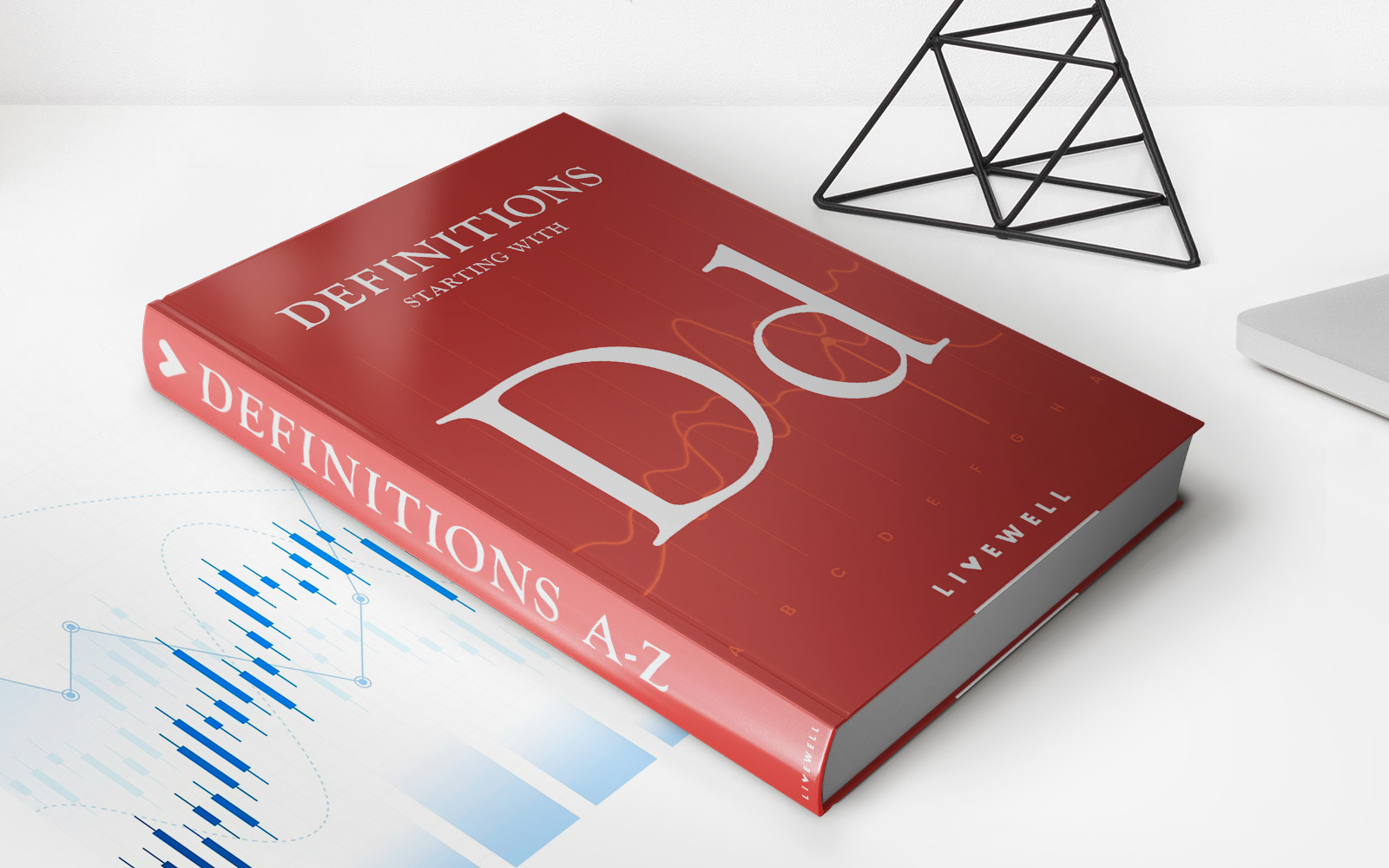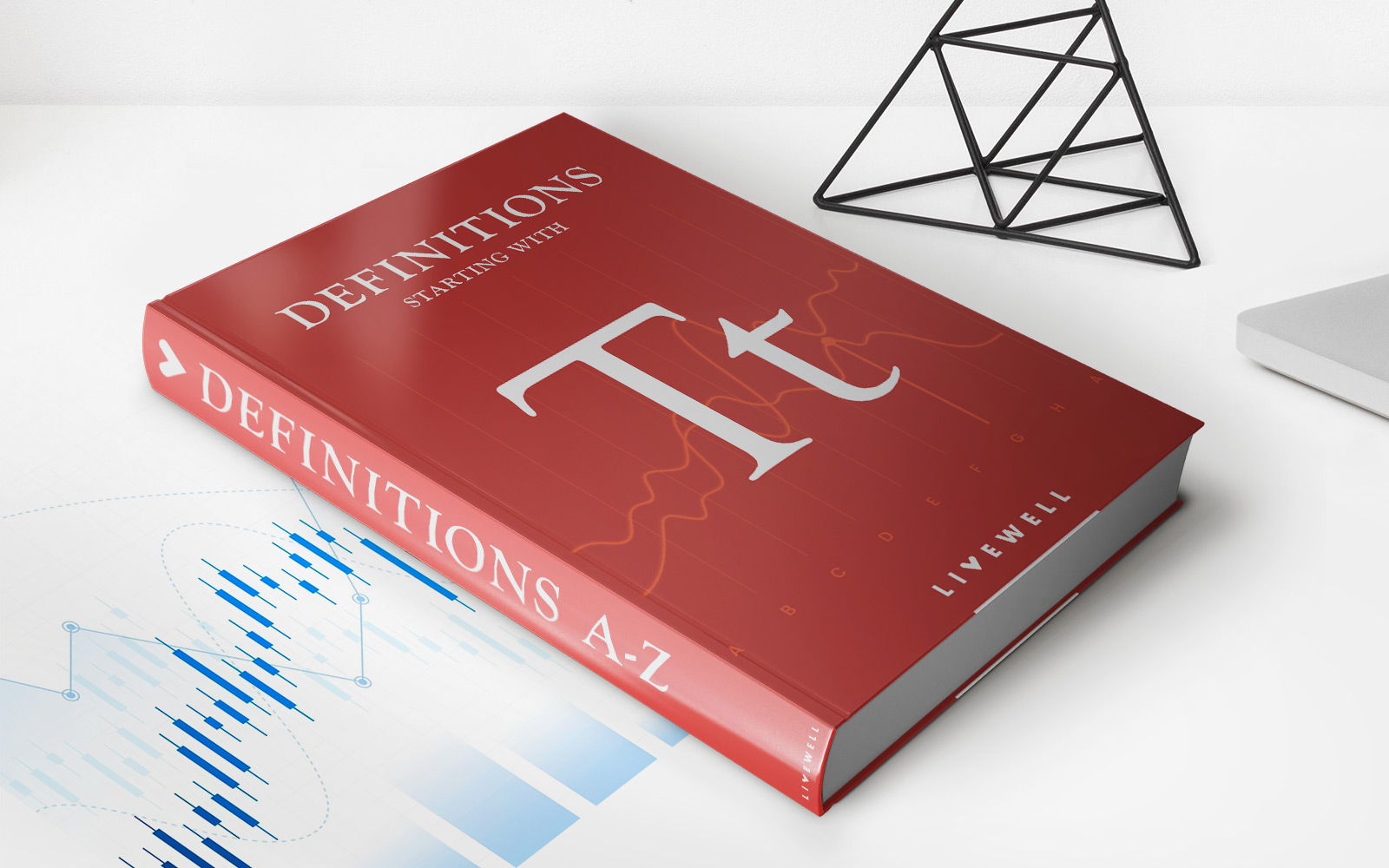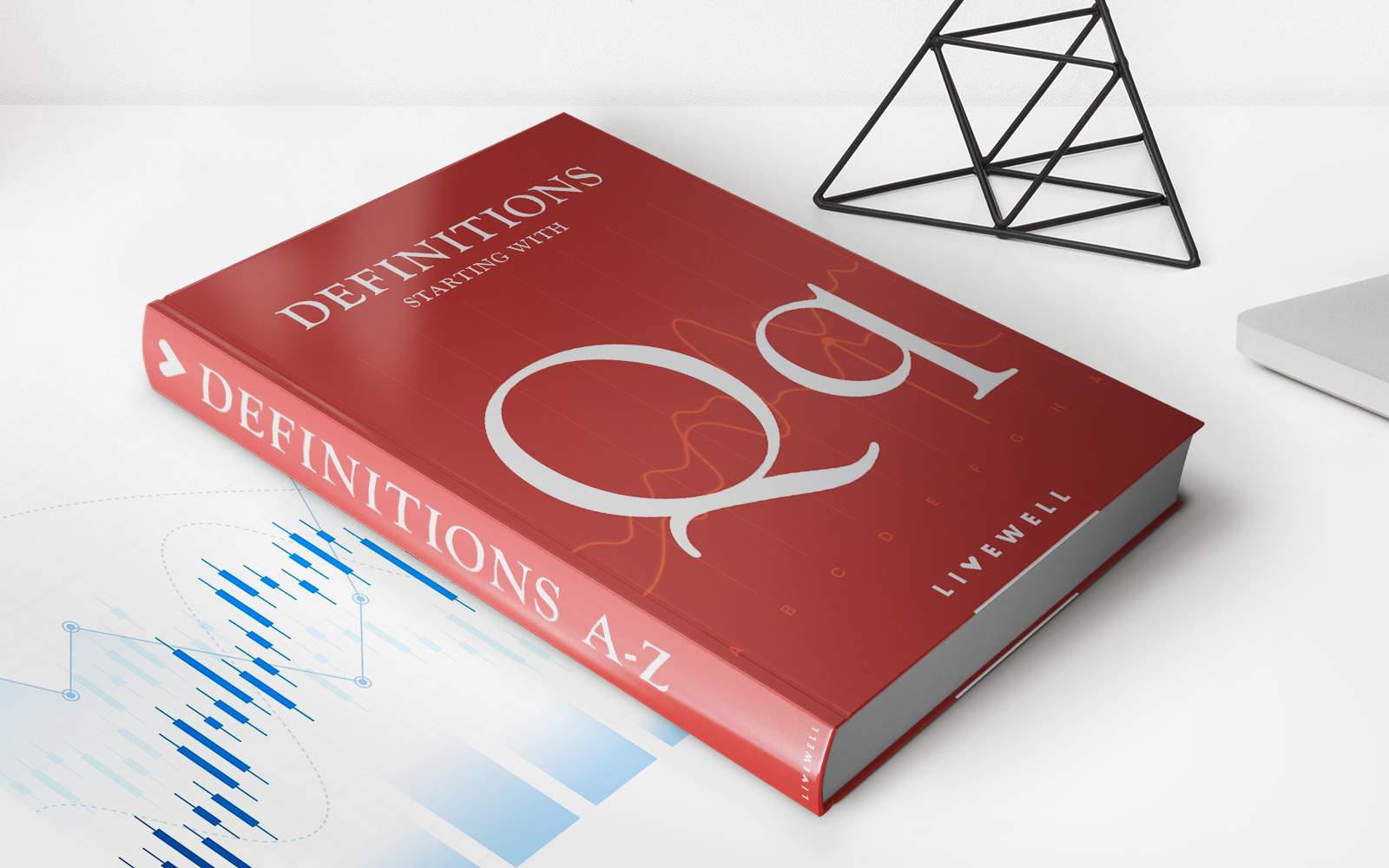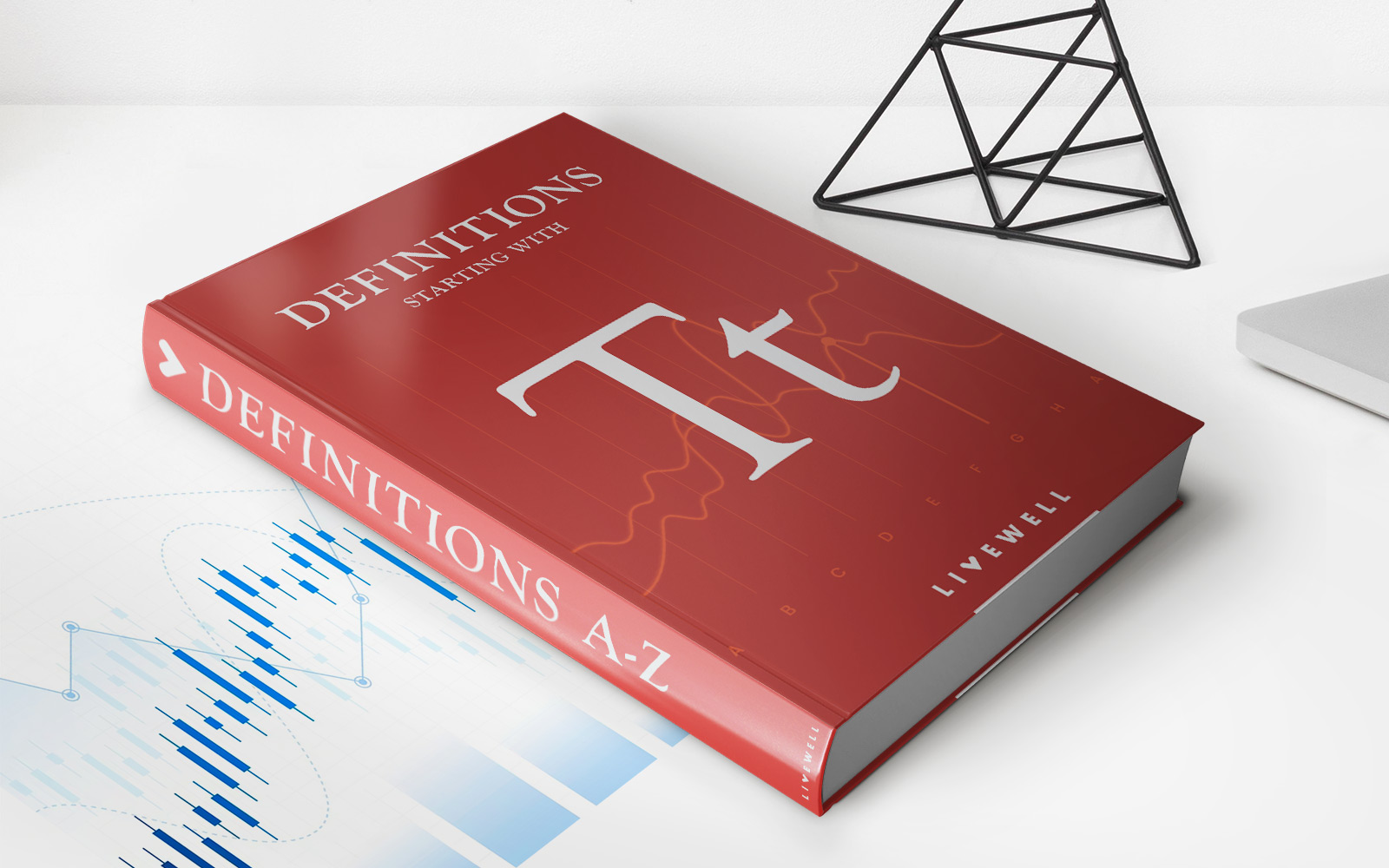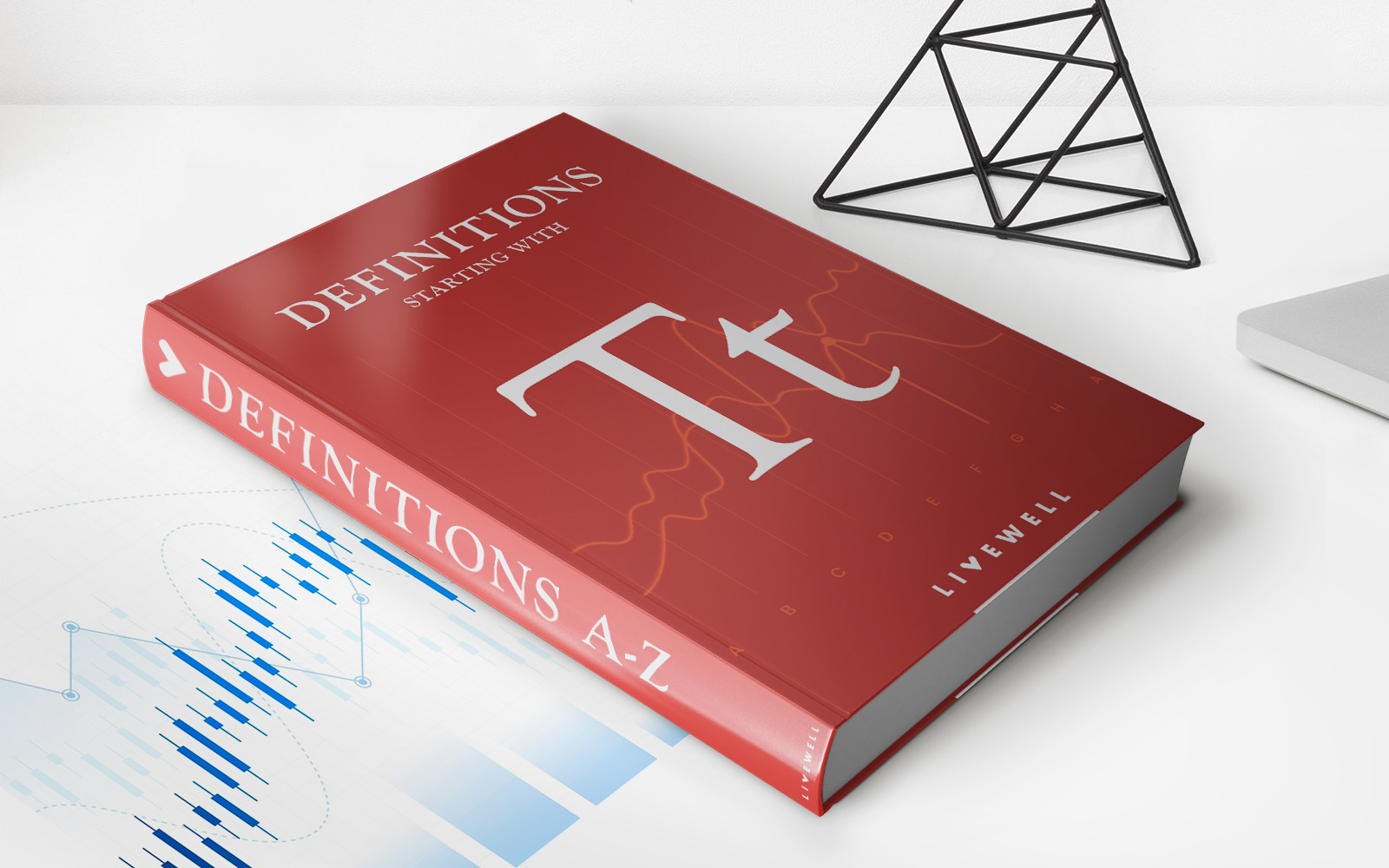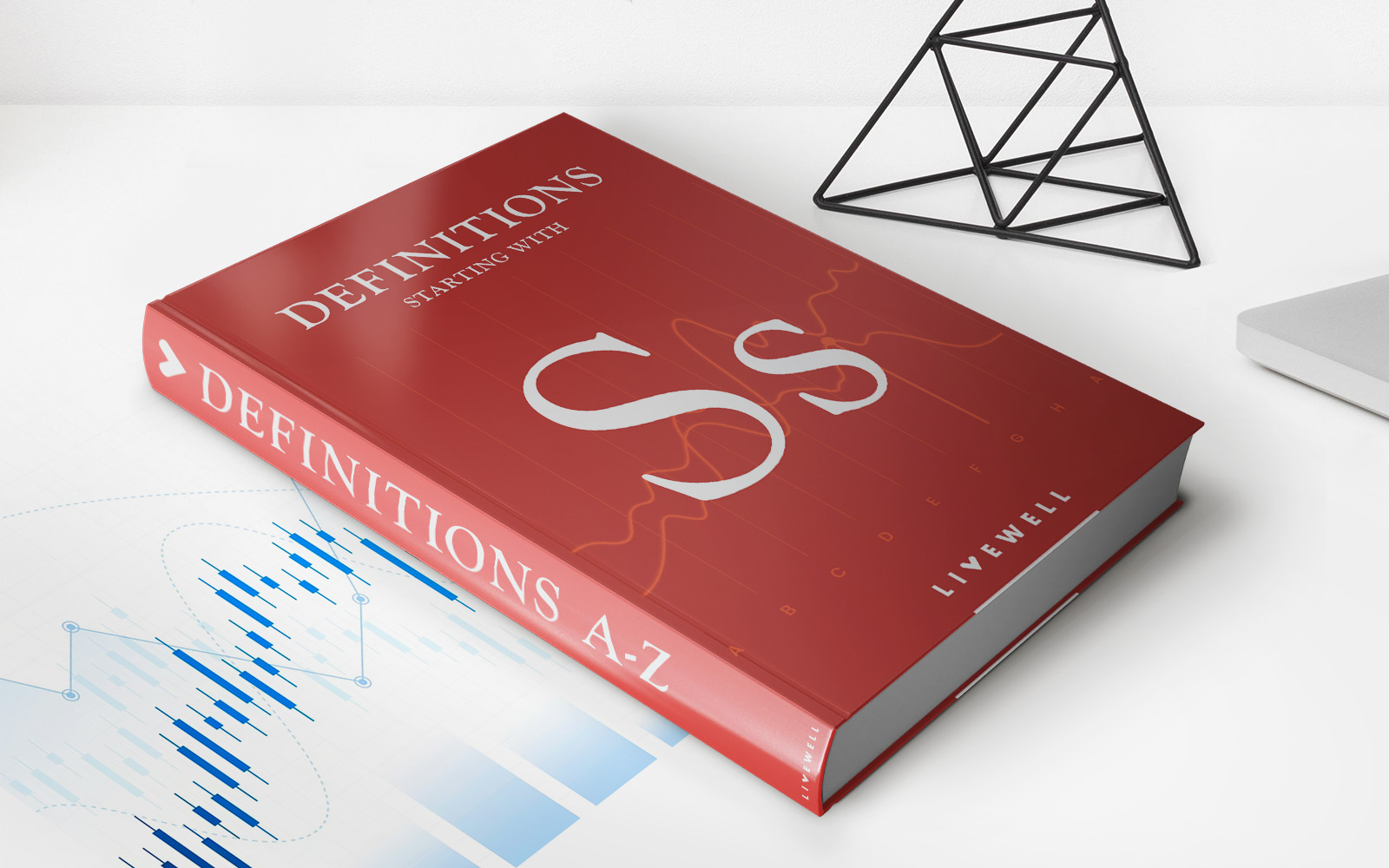Home>Finance>Horizontal Line: Definition, Uses, Example In Technical Analysis


Finance
Horizontal Line: Definition, Uses, Example In Technical Analysis
Published: December 6, 2023
Learn about horizontal lines in finance, their definition, uses, and examples in technical analysis. Gain insights into how horizontal lines can impact your financial strategies.
(Many of the links in this article redirect to a specific reviewed product. Your purchase of these products through affiliate links helps to generate commission for LiveWell, at no extra cost. Learn more)
Understanding Horizontal Lines in Technical Analysis
Welcome to the world of finance! Today, we will dive into an essential concept in technical analysis – horizontal lines. Whether you’re a seasoned investor or just starting out, understanding horizontal lines can help you make more informed decisions and navigate the complexities of the market. In this blog post, we will explore the definition, uses, and examples of horizontal lines and how they can be beneficial in your financial endeavors.
Key Takeaways:
- Horizontal lines are trendlines that connect price levels that remain relatively flat, indicating areas of support or resistance in the market.
- Traders use horizontal lines to identify potential entry and exit points, determine price targets, and assess the strength of prevailing trends.
What are Horizontal Lines?
In technical analysis, horizontal lines are trendlines that connect price levels that remain relatively flat over a given period of time. These lines are drawn on a price chart by connecting consecutive highs or lows that are at a similar level.
Horizontal lines act as valuable tools for traders and investors as they help identify areas of support and resistance in the market. Support refers to a price level where buying pressure is stronger, preventing the price from falling further. Resistance, on the other hand, represents a price level where selling pressure is stronger, preventing the price from rising. By connecting these levels, traders can gain insights into the market’s dynamics and make more informed decisions.
Uses of Horizontal Lines in Technical Analysis
Horizontal lines serve a variety of purposes in technical analysis. Here are a few key uses:
Identifying Support and Resistance Levels
One of the primary uses of horizontal lines is to identify support and resistance levels. By drawing these lines on a price chart, traders can visualize the areas where the price has historically struggled to move beyond or retraced from. These levels can indicate potential areas of market reversals or continuations, which can be valuable for traders looking to enter or exit positions.
Determining Entry and Exit Points
Horizontal lines can also help traders determine entry and exit points. When the price approaches a significant support level, traders may consider buying opportunities, anticipating that the price will bounce back. Conversely, when the price nears a strong resistance level, traders may consider selling opportunities, anticipating a potential price reversal. By combining horizontal lines with other technical indicators and strategies, traders can refine their entry and exit points and improve their trading outcomes.
Assessing the Strength of Trends
Horizontal lines can offer insights into the strength of prevailing trends. When a price trend is accompanied by multiple horizontal lines acting as support or resistance levels, it indicates a stronger trend. Conversely, if the price repeatedly breaks through these levels, it may suggest a weakening trend. By monitoring the behavior of price in relation to horizontal lines, traders can assess the overall strength and potential durability of a trend.
Example of Horizontal Lines in Technical Analysis
Let’s consider an example to bring the concept of horizontal lines to life. Imagine you are analyzing the price chart of a popular stock and notice that the price has repeatedly touched a specific level without breaking it. By drawing a horizontal line connecting these touchpoints, you identify a strong support level. This can be a valuable piece of information for your trading decision-making process. You might consider buying the stock when the price approaches this level, anticipating that it will bounce back.
Additionally, suppose you notice another horizontal line connecting consecutive highs. This line represents a resistance level, indicating an area where the price has struggled to move beyond. This can be an opportunity to consider selling or taking profit from your position. By combining these insights with other technical analysis tools, you can enhance your trading strategies.
Understanding horizontal lines in technical analysis is essential for traders and investors alike. By utilizing these lines effectively, you can enhance your ability to identify support and resistance levels, determine entry and exit points, and evaluate the strength of trends. Incorporating horizontal lines into your analysis can help guide your financial decisions and potentially improve your trading outcomes. Stay tuned for more insightful articles in our finance category!

